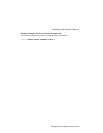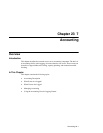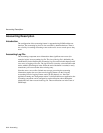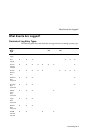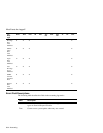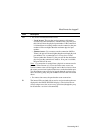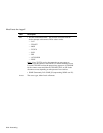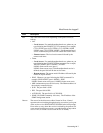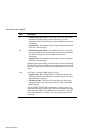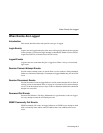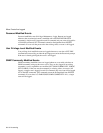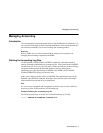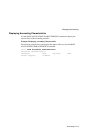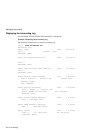
Accounting 23-7
What Events Are Logged?
Peer The value of this field varies depending on the protocol field, as
follows:
• LAT
—
Local Access:
For nondedicated/preferred case, whatever you
type following the CONNECT [LAT] command. For example,
C CLUSTER1 (peer is CLUSTER1); C CLUSTER1 NODE
NODE1 (peer is CLUSTER1 NODE1). If dedicated/preferred
service is defined, the peer field will contain the service name.
—
Remote Access:
The local service name followed by the
remote node name.
• Telnet
—
Local Access:
For nondedicated/preferred case, whatever you
type following the CONNECT/Telnet command. For example,
TELNET NODE1 (peer is NODE1); TELNET
NODE1.finance.acme.com (peer is
NODE1.finance.acme.com). If dedicated/preferred service is
defined, the peer field will be the service name.
—
Remote Access:
The remote node's IP address followed by the
remote TCP port number.
• PING: Whatever you type following the PING command. For
example, PING NODE1 (peer is NODE1); PING
NODE1.finance.acme.com (peer is NODE1.finance.acme.com).
• MOP (maintenance password fail event): The Ethernet address of
the remotely connected device.
• SLIP: The peer field is SLIP.
• PPP: The peer field is PPP.
• AUTOLINK: The peer field is AUTOLINK.
• SNMP_IP (SNMP community fail event): The IP address of the
SNMP management station.
Reason The reason for the disconnect, either Normal or Error. Normal
represents the session being brought down by user action (you log out
of the session or do a DISCONNECT SESSION at the local prompt).
Error refers to cases where the session is refused by the protocol for
some reason (insufficient resources, not authorized for group code in
case of LAT, or couldn’t resolve name in case of Telnet).
Field Description



